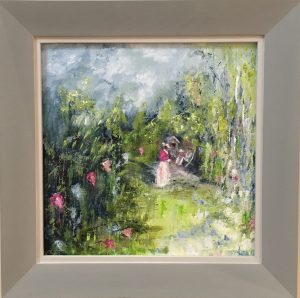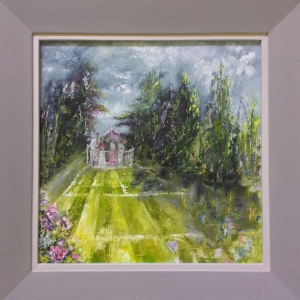Lusitania – a life before and after the tragedy
On the 1st May 1915 Cunard’s RMS Lusitania, the fastest and most luxurious ship in the world at the time, set sail from pier 54 in New York headed to Liverpool, UK. On Friday 7th May it was struck by a German torpedo off the coast of Ireland. Of it’s 1959 passengers and crew on board 1198 perished – my great uncle and aunt were among the survivors. Their three month old son John was not.
An account of their trauma is taken from statements made by both Anita and Elmore upon their eventual arrival in England.
“(Cyril) Elmore and (Mary) Anita Pells, travelling with their infant son John from Canada to England where Mr. Pells was to join his regiment, despaired of ever leaving the ship safely. At the time the torpedo struck they were dining in the second class salon and returned to their E Deck cabin to retrieve John, and Elmore made a second trip below for lifebelts. Not expecting to survive, they took seats together somewhere on one of the upper decks presumably on the port side, to wait for the end. When it came, they were pulled down deep with the ship, and in the torrent John was wrenched out of his father’s arms and lost. Elmore and (Mary)Anita surfaced and were able to pull themselves atop an overturned lifeboat.”
Following a short period of recovery, Elmore spent time at a military camp near London training the young recruits and Anita worked as a volunteer nurse stationed in Birmingham. Upon receipt of his commission Elmore joined his regiment in April 1918. After receiving a brief note telling of his safe arrival in France, Anita never heard from Elmore again and he is documented as having been killed in action during the Battle of Aisne-Chemin des Dames on May 27th 1918 just five weeks after arriving at the front.
My interest in researching their story was sparked by an old photograph album passed to me from my father six years ago. It documents the young couple in their lives together in England and Canada prior to their fateful journey, enjoying life as a young adventurous couple, blissfully unaware of the series of tragedies which were to unfold, spiralling their fates in directions they can never have imagined.
Elmore and Anita met in the UK and following their engagement they emigrated to Vancouver, British Columbia, where they joined Anita’s sister and husband. They married at North Lonsdale in April 1914 and lived at Vedder Crossing a beautiful undeveloped area surrounded by tree covered mountains fifty miles inland. Their son John was born in February 1915.
After the war Anita returned to Canada but this was just the beginning of her story. Despite the tragedies she’d experienced and now a young childless widow, Anita found strength and forged a life for herself, which took her from Canada to California, from New York to Nassau. She nursed the sick in a tuberculosis sanatorium and sailed the Caribbean aboard the infamous yacht the Carlsark and took to the skies on the first Pan Am flights alongside the wealthy. But she never forgot her roots in an Edwardian laundry in London, or her brief time as wife and mother. Hers was a life lived, a story to be told . . .
Using copies of photographs from the album I have created paintings to bring to life the images.
Rebecca is currently researching Anita’s story for a book
©️Rebecca Pells


























